Let's define a custom exception named LoginException that will be used to throw an error exception in login processes.
public class LoginException : System.Exception
{
//todo
}
Now let's make the necessary constructor definitions for use in the application.
public class LoginException : System.Exception
{
public LoginException()
: base()
{ }
public LoginException(String message)
: base(message)
{ }
public LoginException(String message, Exception innerException)
: base(message, innerException)
{ }
protected LoginException(SerializationInfo info, StreamingContext context)
: base(info, context)
{ }
}
As seen above, we have defined the constructors of LoginException and made the constructor redirects for the System.Exception class, so we made the LoginException class ready for use.
void Login(string userName, string password)
{
try
{
if (userName != "canert" && password != "qwerty123")
throw new LoginException("Invalid login operation");
}
catch (LoginException loginException)
{
Response.Write(loginException.Message);
}
}
